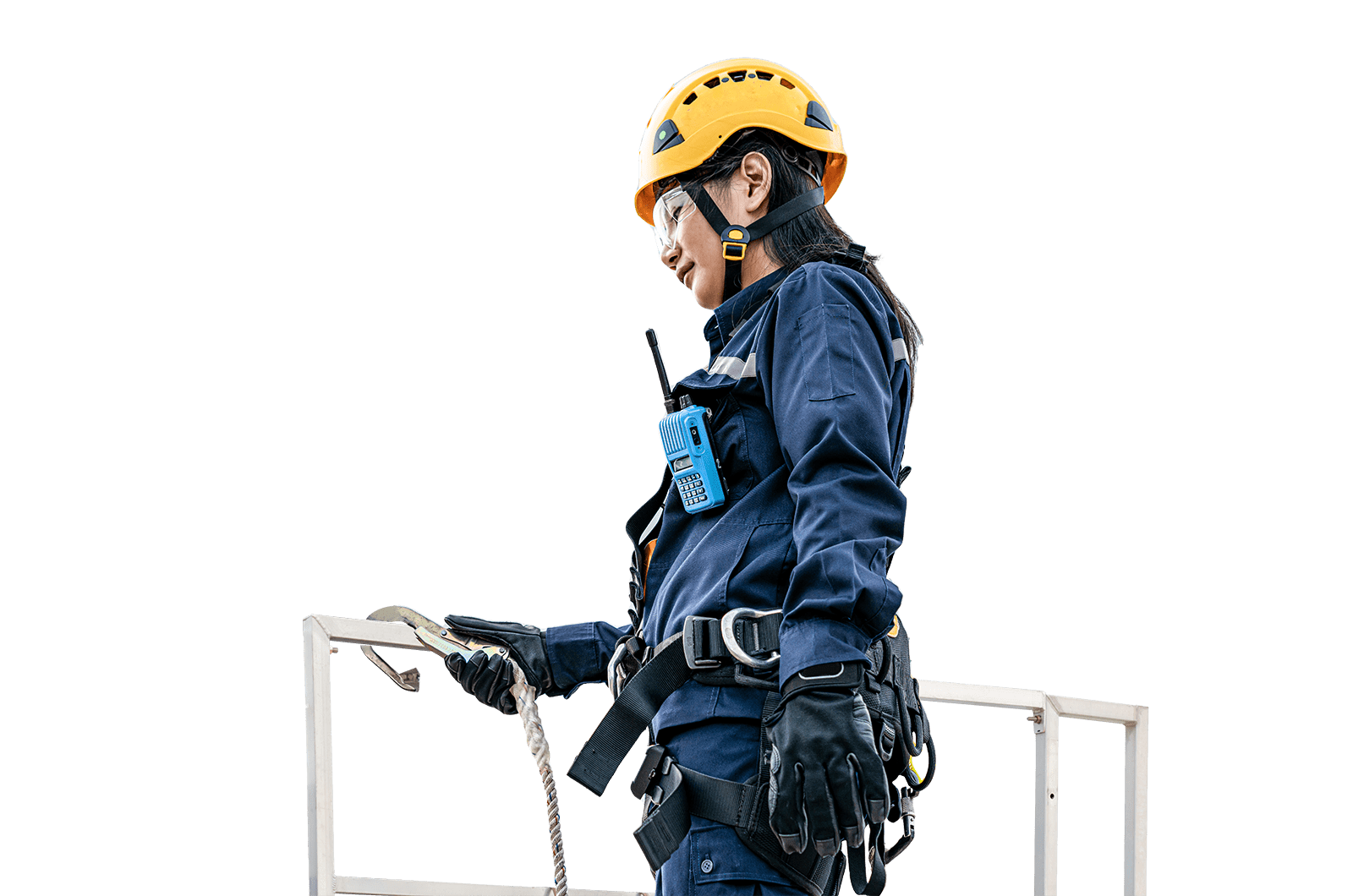Thermography is a non-destructive testing method used to detect and measure small temperature differences to help find deterioration in assets and plant sites.
Thermography can support the maintenance of industrial plants and equipment with its fast and cost-effective application. This non-contact technique is used in a variety of sectors such as power plants, petrochemical plants, refineries and steel industry, and application ranges from inspection of boiler areas and transformers to electrical rooms and storage tanks, among many others.
Early detection of problems using thermography can help in preventing unscheduled outages; improve the productivity of plant equipment and assets, increase safety and guide corrective action.
Objects release thermal energy that is invisible to the human eye. An infrared camera can measure the thermal energy and map the temperature differences of the object. The image captured shows the heat flow to, from and/or through an object. Temperature differences can highlight a range of problems such as corrosion and erosion, bad insulation, as well as flaws in materials or structures such as disbonds, voids or inclusions.
As nearly everything becomes hot before it fails, thermography is an important diagnostic tool for finding deterioration. Objects or areas showing exceptionally low thermal energy may indicate loss of power and energy faults.
Benefits of thermography include:
- Discovering defects in pipes, metals and plastic parts with temperature variances
- Finding hidden defects and material wear at an early stage
- Detecting corrosion damage and flaw detection
- Measuring and observing areas that are inaccessible or hazardous for other non-destructive testing methods
- Ability to inspect large areas
- Does not affect the production process
- Detecting problems in real time
Intertek’s experience in using this technique and interpreting the thermal imagery can provide the necessary data you need to optimise the service life of equipment and assets, and to assist you in achieving maximum productivity of your plant.
Our inspectors are ASNT level I, II or III qualified and we use advanced thermography equipment to detect deterioration and problem areas.
By choosing us for your thermography inspections, you have Total Quality Assurance of our timely response and your maintenance schedules being met.
